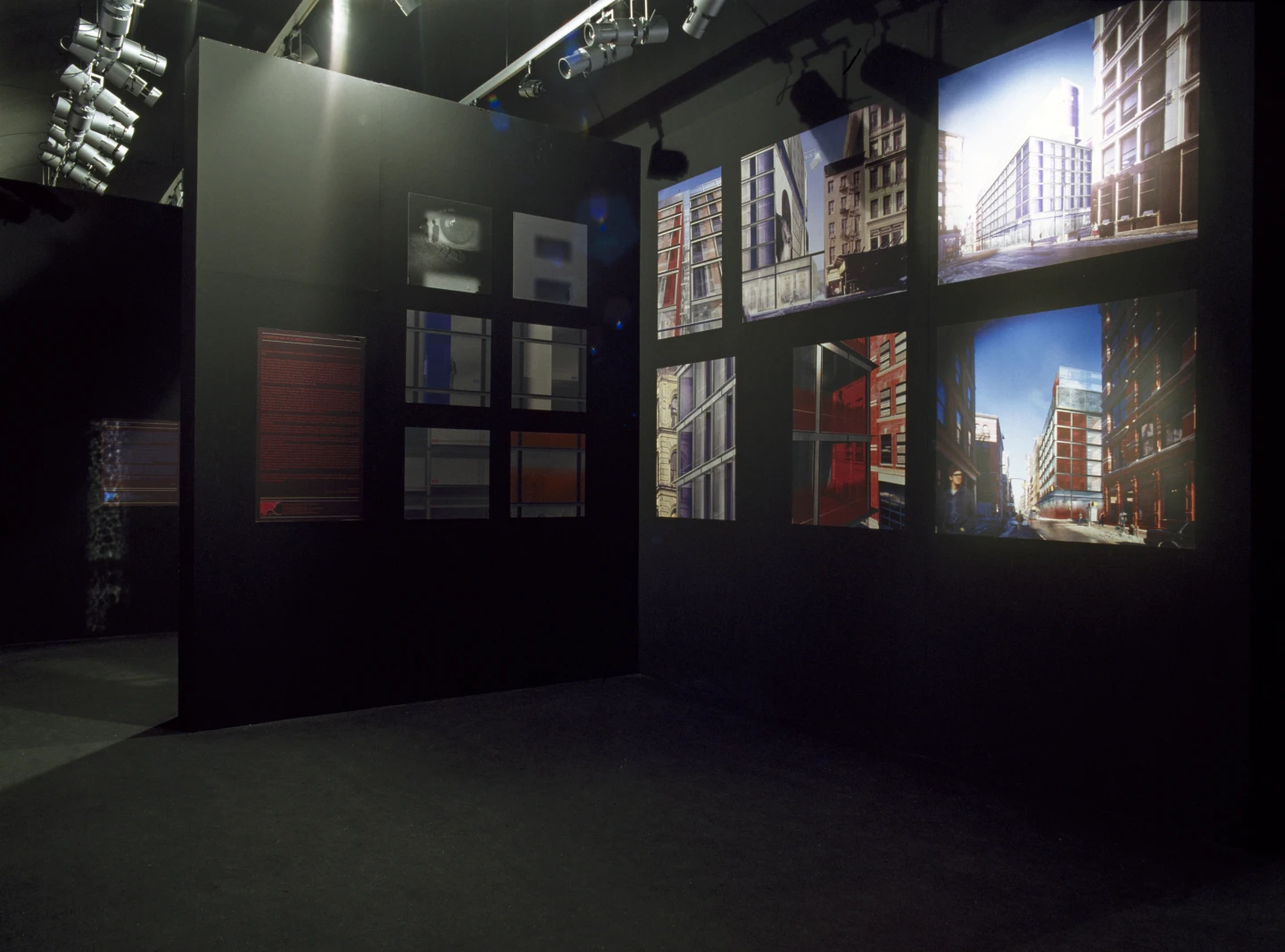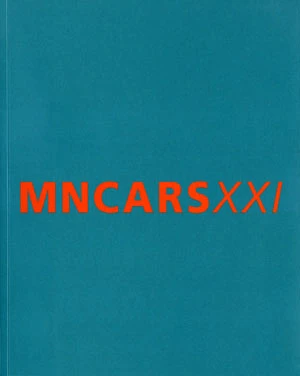Jean Nouvel

<p></p>
Founding member of movements like Mars in 1976, the French architect is known worldwide for numerous projects and, especially, that which brought him sudden recognition in 1987 after more than a decade of projects: the Arab World Institute in Paris. This striking façade is composed of photoelectric cells, reminiscent of arabesque because of the geometric shape used as decoration in Arab architecture; it can open or close according to external light levels and thereby regulate light’s entry into the building.
The Museo Nacional Centro de Arte Reina Sofía hosts this exhibition organised by the Musée National d'Art Moderne Centre Georges Pompidou in Paris, a visual journey through the famous architect’s career. As additional evidence of Museo Reina Sofía’s interest in the inclusion of architecture the exhibition Universo Gaudí will be held at the same time. It will exhibit the contribution of other major international architects, in this case Spanish architects.
Nouvel is also the winning architect of a contest to carry out the expansion of the Museo Reina Sofía, a project extending the Sabatini building. For this reason the exhibition brings visitors closer to projects previously created by the French architect as well as those that are currently running.
Five thematic sequences -“El atlas” (Atlas), “La multiplicidad” (Multiplicity), “Los hechos” (The Facts), “La causa urbana” (Urban Cause) and “La agencia” (The Agency)- make up the path along which large photographs, computer graphics and footage of buildings designed by Nouvel are displayed. Far from an exhibition of drawings and models this exhibition focuses on images which reaffirms transparent spaces and the play of light and shadows as the main premises for the architect. The "El atlas" section is conceived as a huge collection of x-ray images which capture everything from the finished work to its most specific details and "La multiplicidad" goes over the multiple configurations and aspects of his most recent projects.
The section "Lo hechos" stands out because it virtually tours eleven of his emblematic creations among which are the Culture and Convention Centre in Lucerne (1990-2000), the Lafayette Galleries in Berlin (1991-1996) , the Cartier Foundation for Contemporary Art in Paris (1991-1995), the Opera Theatre in Lyon (1986-1993) or the Vinci Congress Centre in Tours (1989-1993). Next to this room Nouvel’s projects in Spain can be seen, including the Torre Agbar de Barcelona, the Museo de la Evolución in Burgos, the Ciudad de la Cultura in Santiago de Compostela and the Centro de Actividades in La Coruña, as well as the aforementioned extension of the Museo Reina Sofía.
In "La causa urbana" section, one of Nouvel’s concerns is made apparent; the concept of "modification" as opposed to the generic city, the issue that is the centrepiece of the exhibition and that is exemplified in this section by urban projects: Left Bank of the Seine and the Stade de France.
Finally, "La agencia" allows a view of the documents, files and databases that constitute the memory of the more than two hundred projects.
Artists
Musée National d'Art Moderne, Centre Georges Pompidou, Paris (6 December, 2001 - 4 March, 2002)
Organised by
Centre Pompidou, París, in collaboration with Museo Nacional Centro de Arte Reina Sofía
Image gallery

Itinerary
Musée National d'Art Moderne Centre Georges Pompidou, París
6 December, 2001 - 4 March, 2002
Museo Nacional Centro de Arte Reina Sofía, Madrid
16 September, 2002 - 9 December, 2002
